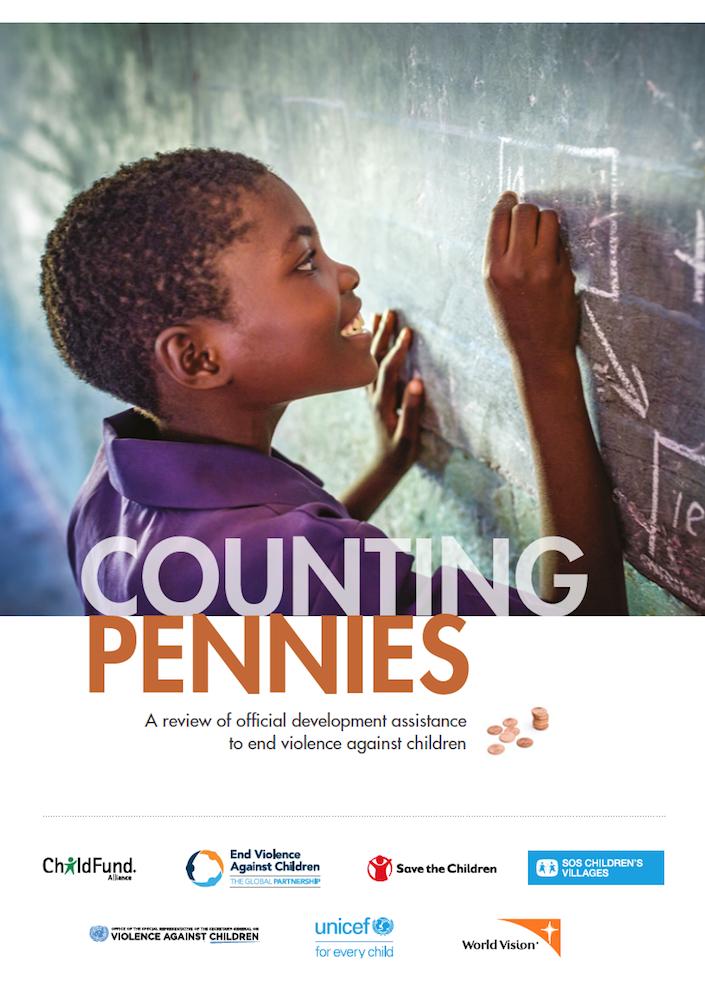EVERY YEAR, violence affects more than one billion children, in every country and every community. It robs them of their dignity, their rights, their potential, and, too often, their lives.
It harms each child immediately, and jeopardizes their development, health, education, and their future. Violence can take many forms – physical punishment, sexual violence and exploitation, trafficking, hazardous child labor, and forced marriage, to name a few. Violence against children costs up to US$7 trillion a year. If the world does not put an end to it, we risk losing the investments made in child survival, health, and education, thus eroding human and social capital and slowing economic development.
Ending violence against children is now, for the first time, a global development priority. With the adoption of the Sustainable Development Goals (SDGs), the world’s governments have set ambitious targets to end violence by 2030, towards a world where all children—girls and boys alike—grow up free from violence and exploitation. All governments have also committed to investing in children through the Addis Ababa Action Agenda (AAAA), which recognizes that “investing in children and youth is critical to achieving inclusive, equitable and sustainable development for present and future generations.”
To date, despite the recognition within the SDGs of the human and economic costs and the overall scale of the problem, very little is known about the nature of expenditure targeted at preventing, or responding to, violence against children. In terms of official development assistance (ODA), most donors make no systematic effort to track how much is spent on this issue. In contrast to other issues, such as gender equality and reproductive maternal newborn and child health, there are not yet internationally-agreed methods of tracking and recording expenditures related to ending violence against children.
For the first time in history, we have estimated how much was invested over the course of a year3 through ODA into ending violence against children.
This report is the result of a detailed study of the ODA data available through the Development Assistance Committee (DAC) of the Organisation for Economic Co-operation and Development (OECD).


